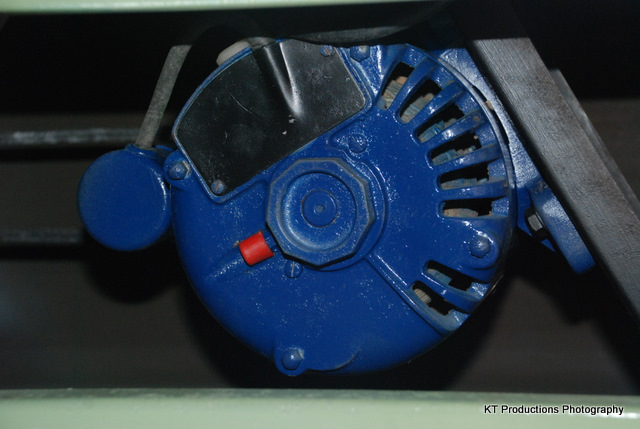FatFreddysCat
Established Member
Nice to see a lightweight piece of engineering like the Inca being restored for a change. I remember Inca having quite a reputation for quality in the seventies and early eighties and I know that Startrite in Gillingham certainly imported this model (rebadged Startrite and on a steel base) in the 1960s - probably when your saw dates from.
This was quite a common mechanism for industrial rip saws prior to WWII, however in the 1930s Wadkin (and others) adopted a rising/falling arbor mechanism. This was more expensive to manufacture but allowed the user to build a run off table behind the saw, a much safer way to handle long rips. It was to take many years until the run off table became a legal requirement (I believe 1974 here in the UK). Obviously with a rising/falling table it is difficult to provide a run off table.....jimi43":1ajdmyyv said:The mechanism for raising and lowering the blade is really beautiful...it actually raises and lowers the table....and the tilt does the same...I understand this is now banned in Europe...why would that be please?
Not only for butchers saws. If you're ever lucky enough to find a proper sawmill with a Robinson resaw (or band rack) you'll find it is also arranged that way as are Stenners. Only "standard" bandsaw I can ever recall seeing like that was a Belgian Danckaert machine.dickm":1ajdmyyv said:Do any of you Inca fans know why their small bandsaw was "back-to-front", with the neck on the right hand side rather than on the left as per usual? I think I've read somewhere that this is normal for butchers' saws, and the one in our local butcher is certainly that way on.


































